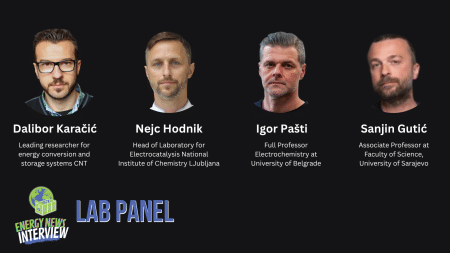Although renewable and low-carbon hydrogen is critical for reducing emissions, it will only account for 5% of the global final energy mix by 2050, falling short of what is required to accomplish climate targets, according to DNV, a global energy consultant.
According to its estimates, the Norway-based risk management expert said while releasing its first independent hydrogen forecast study that hydrogen would need to reach 13 percent to satisfy the Paris Agreement’s goal of limiting global warming to 1.5 degrees by 2050.
Since 2017, the business has published an annual Energy Transition Outlook based on its own independent model of the global energy system.
According to DNV, a 5% worldwide share corresponds to more than 200 million tonnes of hydrogen, with pure hydrogen accounting for 60% of that and compounds like ammonia and synthetic fuels accounting for another fifth each.
It went on to say that expanded hydrogen uptake will need stronger regulatory mandates, larger demand-side incentives, and higher carbon costs in order to attain net-zero ambitions.
According to DNV, Europe’s focus on energy transition will increase hydrogen’s part in the energy mix to 11% by 2050.
Hydrogen is only found in compound form, and harnessing it requires a lot of energy, making it costly and inefficient when compared to utilizing electricity directly.
However, for sectors such as aviation, shipping, and high-heat industrial operations, replacing fossil fuels with electricity is difficult, and “green hydrogen” created using renewable energy, or low-carbon hydrogen, can assist them to lower their carbon footprint.
“It should be seen as a low-carbon energy source of last option in many regards. It is, nevertheless, urgently required “According to the study, DNV’s chief executive Remi Eriksen.
Electrolysis, which splits water molecules with electricity, is now more expensive than obtaining hydrogen from fossil fuels and collecting carbon dioxide, commonly known as blue hydrogen, according to DNV.
Nonetheless, according to the firm, the average cost of dedicated renewables-based electrolysis will drop to $2 per kilogram by 2050, down from $5 per kilogram now. According to DNV, the cost of blue hydrogen will decline from slightly under $3/kg to $2.2/kg by mid-century, with more than 70% of hydrogen being green.
Meanwhile, DNV predicts that repurposed natural gas pipes would supply the great bulk of infrastructure for interregional hydrogen transit.








